The Magic of Mulch
Many homeowners put mulch around their vegetable and flower beds as well as around the base of trees with regularity, but many do it solely because it looks nice. Turns out, mulch is very important for the health of your landscaping. It helps retain the moisture in your soil, controls weed growth, prevents your soil from eroding in a heavy rain, and protects plant roots from extreme hot and cold temperatures.
Mulch is simply a layer of material used to cover exposed soil and many materials can be used for this purpose including wood chips, bark, leaves, straw, and grass clippings.
No matter which mulch you choose, you’ll reap some of these important benefits:
- Keeps soil moist and reduces evaporation so you won’t have to water as much
- Prevents soil from compacting, reducing your aeration needs.
- Keeps soil temperatures stable. This prevents your solid from repeatedly freezing and thawing in winter which pushes plants out of the ground and damages roots.
- Lessens weed growth so trees, shrubs, and flowers don’t have to compete with unwanted plants for nutrients.
- Adds visual appeal by giving your yard texture and a pop of color.
- Protects trees and shrubs from mowing damage, so roots and bark stay healthy and intact.
- Reduces soil erosion caused by wind and rain, keeping the soil surface permeable and protecting your soil from harmful runoff.
Here’s the best way to spread mulch:
- Remove debris: Clear the bed of twigs, sticks, and rocks from where you plan to apply mulch.
- Weed the area: This prevents weeds from becoming embedded in your mulch as they grow.
- Spread the mulch at a desired thickness of 1-3 inches. Mulch that is spread too deep can damage your plants and soil. And, mulch should not make contact with the trunk of your trees or shrubs. Keep back about 2 inches. Mulch spread right up against a tree trunk creates the perfect pathway for pests and can also promote rot.
- Water the area to set your mulch in place.
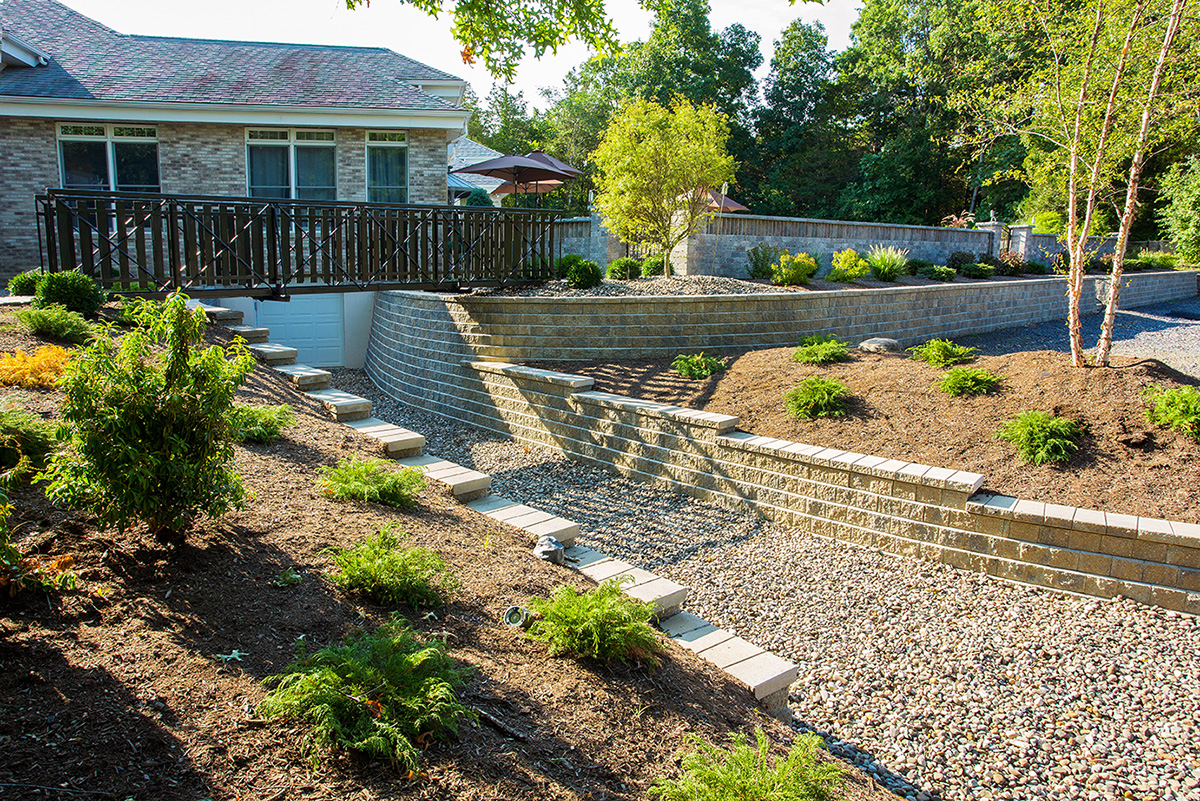 Tiered Walls and Garden Beds with mulch
Tiered Walls and Garden Beds with mulch
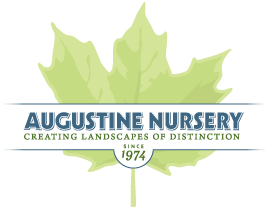
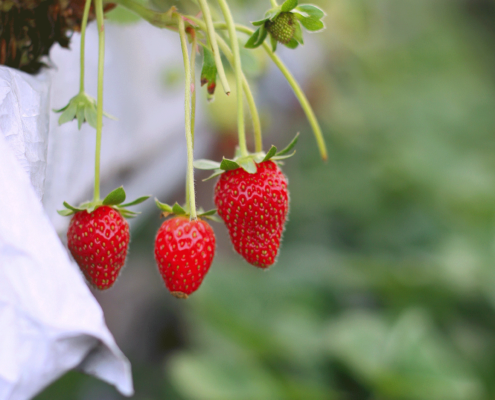



 Wisteria and cherry trees are cherished for their beautiful and fragrant flowers. They represent love and romance in many cultures.
Wisteria and cherry trees are cherished for their beautiful and fragrant flowers. They represent love and romance in many cultures.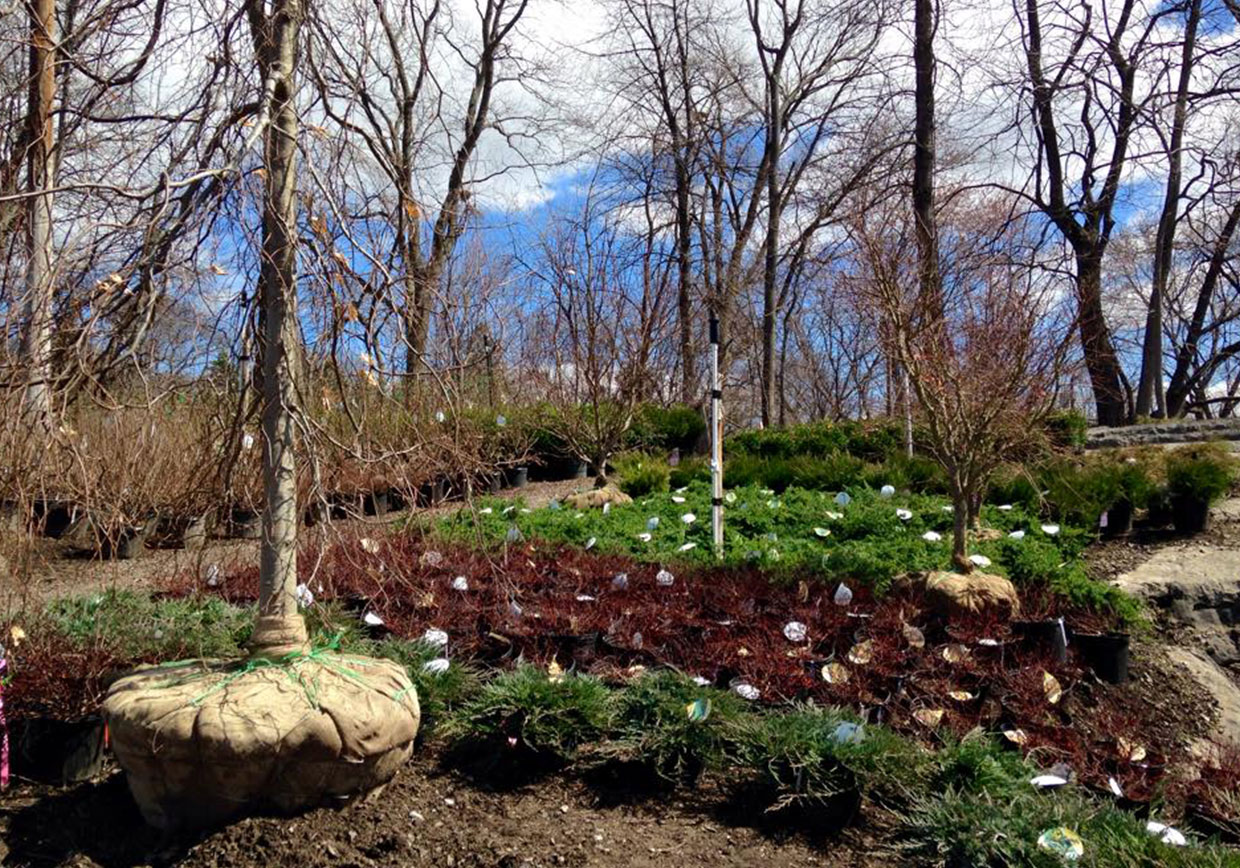
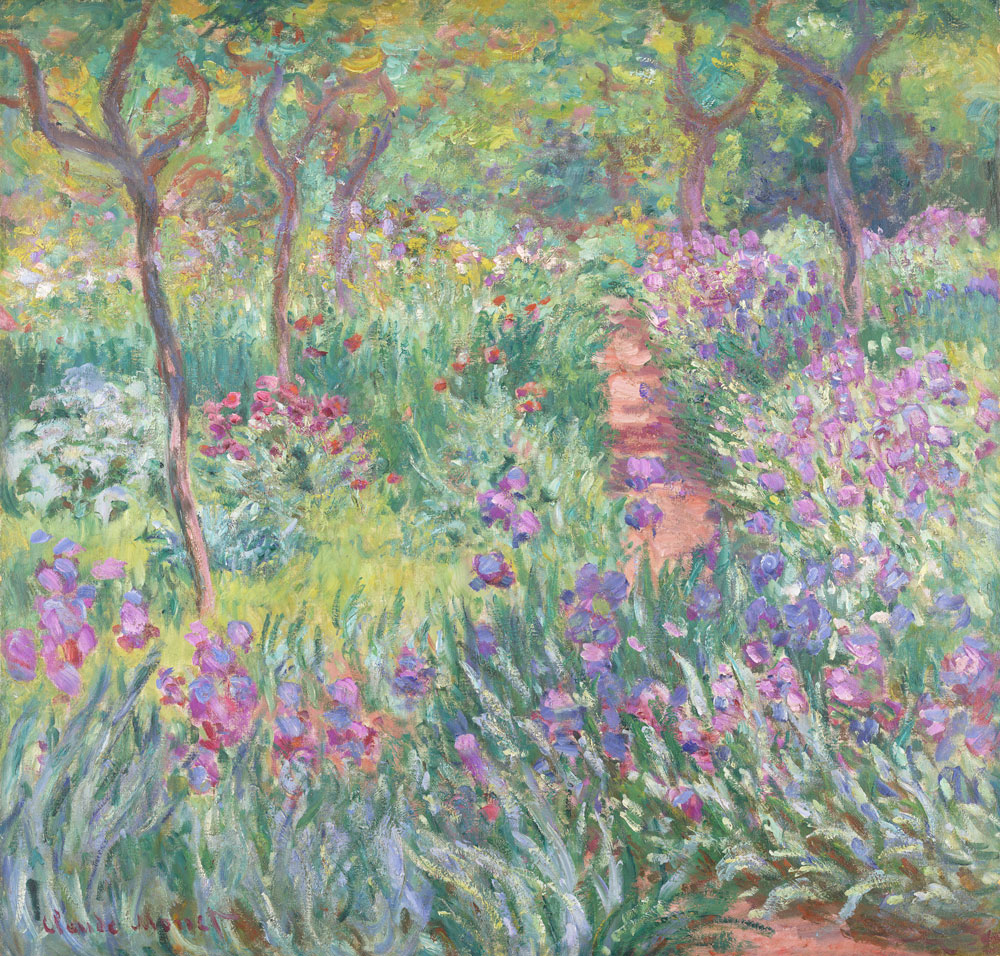
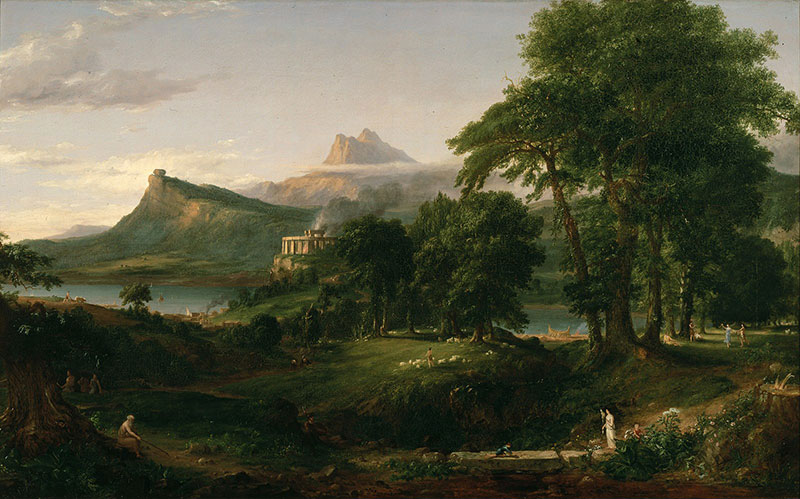



 For many of us, December marks a time when outdoor landscaping and we
For many of us, December marks a time when outdoor landscaping and we